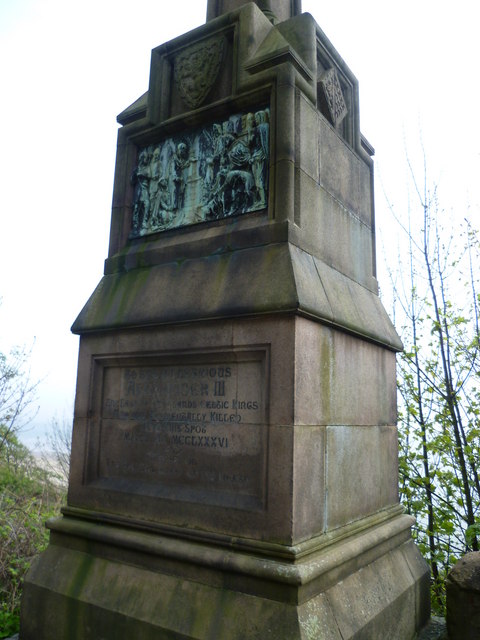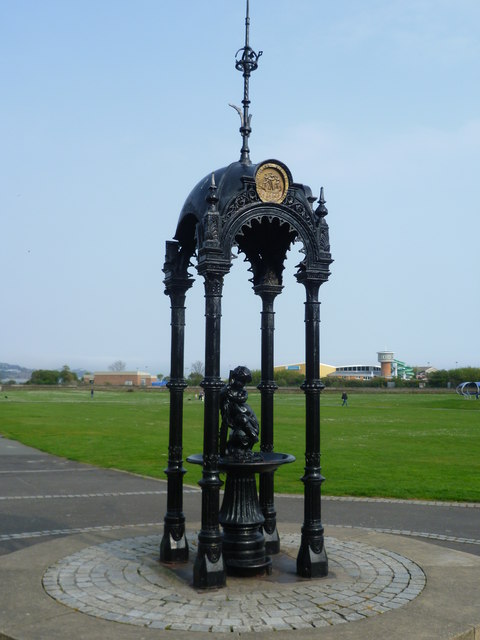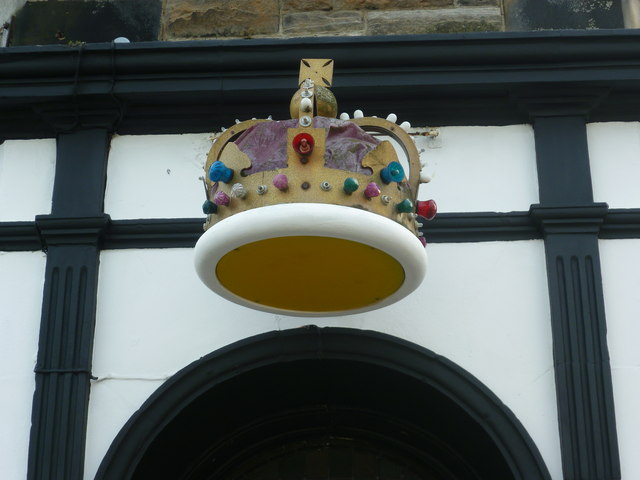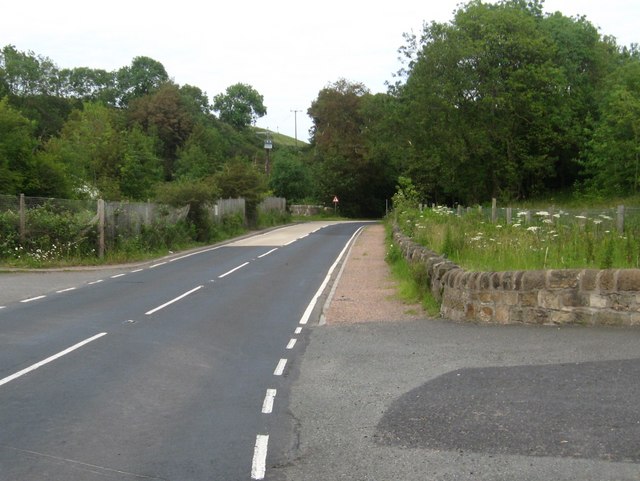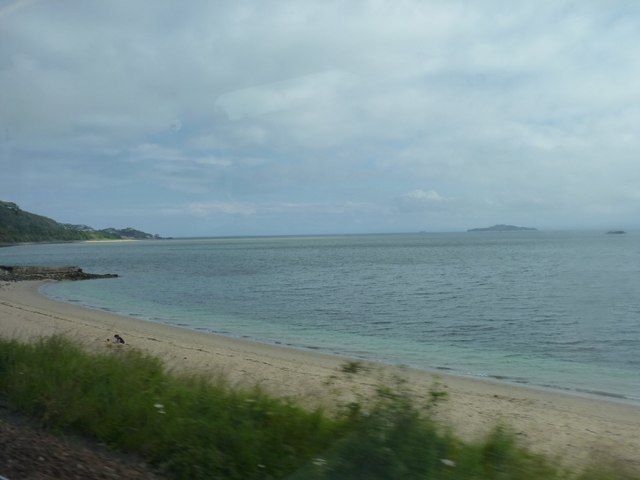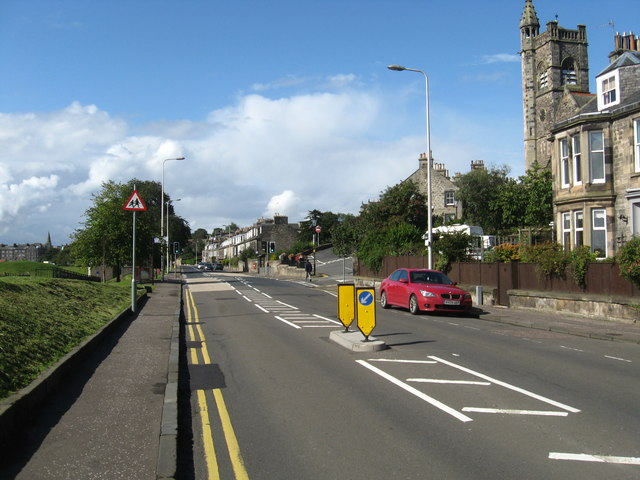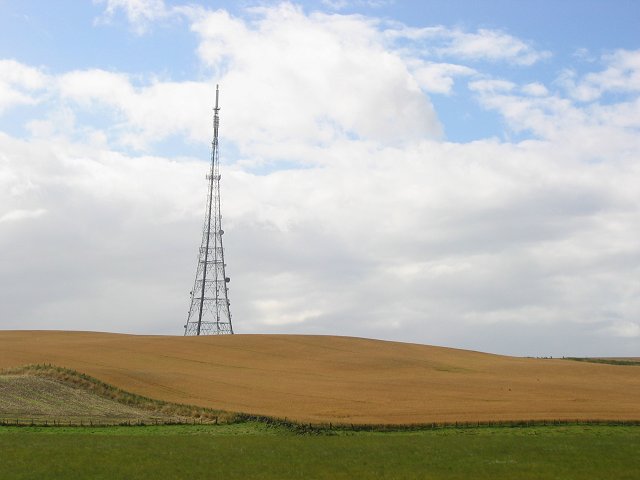Rodan Braes
Wood, Forest in Fife
Scotland
Rodan Braes
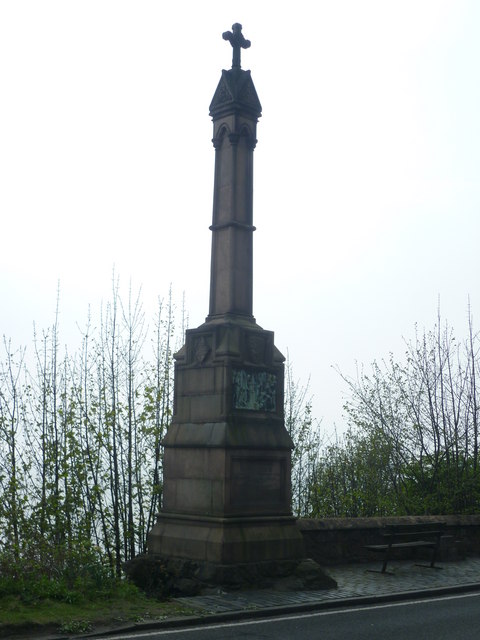
Rodan Braes, located in Fife, Scotland, is a picturesque wood or forest that offers visitors a serene and natural escape. Covering a vast area, the braes are nestled within rolling hills and lush greenery, providing a haven for nature enthusiasts and hikers alike.
The wood is home to a diverse range of flora and fauna, with ancient oak and beech trees dominating the landscape. The tall, majestic trees create a dense canopy overhead, casting dappled sunlight onto the forest floor below. Walking through the wood, one can expect to encounter a variety of wildflowers, ferns, and mosses, which add to the wood's enchanting atmosphere.
Rodan Braes is also known for its network of well-maintained trails that wind through the wood, offering visitors the opportunity to explore the area at their own pace. These trails lead to breathtaking viewpoints, where one can take in panoramic vistas of the surrounding countryside. The wood is especially scenic during the autumn months when the leaves change color, painting the landscape in vibrant hues of red, orange, and gold.
Moreover, the wood is home to an abundance of wildlife. Birdwatchers can spot a wide range of species, including woodpeckers, owls, and various songbirds. Squirrels and rabbits are also common sights in the area. The tranquility of the wood makes it an ideal habitat for these creatures, allowing visitors to observe them in their natural habitat.
In conclusion, Rodan Braes is a captivating wood in Fife, Scotland, offering visitors a chance to immerse themselves in nature's beauty. With its ancient trees, diverse flora, and abundant wildlife, it is a place of tranquility and wonder that should not be missed.
If you have any feedback on the listing, please let us know in the comments section below.
Rodan Braes Images
Images are sourced within 2km of 56.074168/-3.2096934 or Grid Reference NT2487. Thanks to Geograph Open Source API. All images are credited.

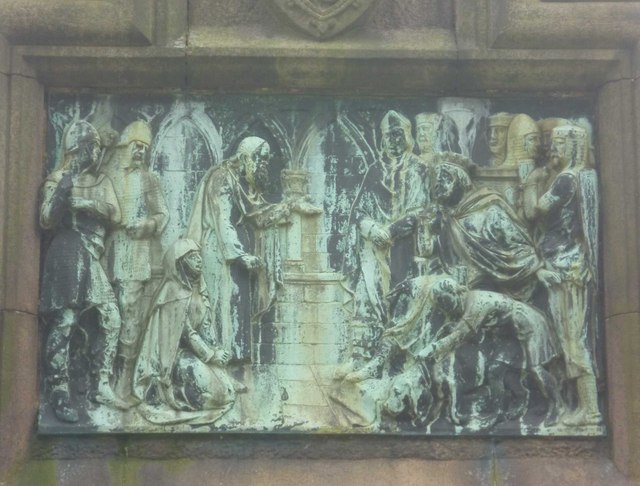
![Alexander III Monument at Kinghorn Looking towards the King&#039;s Crag. It is traditionally believed that Alexander fell from the cliffs, though his fatal accident may have been less dramatic.
&quot;For in the same year [1296] on 19 March the king was delayed by the ferry at [South] Queensferry until dusk on a dark night. When advised by his companions not to go beyond Iverkeithing that night, he spurned their counsel, and with an escort of knights hurried by a precipitous track towards Kinghorn Regis. To the west of that place beside the shore his horse stumbled in the sand, and alas! the noble king, too negligently attended by his followers, broke his neck and expired.&quot; -- Scotichronicon, c.1440
<a href="https://www.geograph.org.uk/photo/2370739">NT2586 : Alexander III Monument poem</a>](https://s0.geograph.org.uk/geophotos/02/37/07/2370736_23adf40b.jpg)
![Alexander III Monument poem The earliest extant poem in the Scots language laments the death of King Alexander III and the end of the &#039;golden age&#039; associated with his reign.
Quhen Alysandyr oure kyng wes dede
That Scotland led in luive and le.
Away wes sonce of ale and brede,
Of wyne and wax, of gamyn and gle;
Oure gold wes changed into lede.
Cryst! Borne into Virgynyte,
Succour Scotland and remede,
That stad is in perplexyte.
[When Alexander our King was dead,
That Scotland led in love and peace,
Away the abundance of ale and bread,
Of wine and wax, of game and merriment.
Our gold was changed into lead—
Christ! born into virginity,
Help Scotland and cure
That troubled state.]
Andrew de Wyntoun,
Orygynale Cronykil of Scotland, 14thC](https://s3.geograph.org.uk/geophotos/02/37/07/2370739_b498c840.jpg)
Rodan Braes is located at Grid Ref: NT2487 (Lat: 56.074168, Lng: -3.2096934)
Unitary Authority: Fife
Police Authority: Fife
What 3 Words
///slung.segments.wisdom. Near Burntisland, Fife
Nearby Locations
Related Wikis
Binnend
Binnend, also known as Binnend Village and The Binn, is an abandoned industrial village located two miles north of Burntisland in Fife. It was established...
Craigkelly transmitting station
The Craigkelly transmitting station is a broadcasting and telecommunications facility located at Craigkelly (grid reference NT233872) north of the Firth...
Burntisland Shipyard F.C.
Burntisland Shipyard Football Club are a Scottish football club based in the town of Burntisland, Fife. The club competes in the East of Scotland League...
Battle of Kinghorn
The Battle of Kinghorn was fought on 6 August 1332 at Wester Kinghorn (now Burntisland), Fife, Scotland. An invading seaborne force of 1,500 men was commanded...
Nearby Amenities
Located within 500m of 56.074168,-3.2096934Have you been to Rodan Braes?
Leave your review of Rodan Braes below (or comments, questions and feedback).
